Sympathy for the Joker
By Dan Brown
As diehard comic fans already know, a new Joker film – the second focusing on Batman’s nemesis – arrives in theatres October 4.
Call me crazy, but I don’t remember this level of interest in the Clown Prince of Crime when I was a boy falling in love with comics in the 1970s.
What my buddies and I wanted was a Batman movie, not one about the Joker.
And when we finally did get a big-screen version of the Dark Knight’s story in 1989, it was as much about Bats as Mr. J (and Jack Nicholson was a way bigger star than Michael Keaton).
All of which is just another way of saying: Supervillains have never been as compelling as they are in 2024.
We all know what heroes do: They restore order, they bind the wounded, they bring justice to the world.
Villains, on the other hand, get to kick ass and take names.
Would you rather be stuck in an elevator with a boring costumed do-gooder or a way-cool badass who makes his or her own rules? Who has the better theme song – Luke Skywalker or Darth Vader? Who gets all the hot girls, crossing guards or outlaw bikers?
It’s true, a good guy is only admirable to the extent he can overcome the traps laid for him by the enemy, which is why you’ll see online memes asking, “Which superhero has the best rogues’ gallery?”
Back in those early days as a comic lover, the answer for me was the Fantastic Four – who fought the likes of Galactus, Annihilus, and Doctor Doom. Even minor villains like Thundra were cool in their own way.
But as an adult comic fan, I have to give it to Dick Tracy, whose long list of foes includes Big Boy, the Mole, the Brow, Oodles, Flyface, Measles, Hairy, No Face, Smokes, Mumbles, and Pruneface.
So what changed so that villains became respectable?
Somewhere along the way there was a shift in the way they were depicted; criminals went from being anti-social monsters to real people to the coolest cats around.
In my lifetime, I don’t think it was a comic innovation that sparked the change in how villains are perceived.
It was a movie, namely the 1972 motion picture The Godfather, with its famous portrayal of the Corleone crime family. Hard to believe, but the notion criminals were regular family men was a scandalous one at the time. I remember adults being shocked by it.
It turns out baddies love their children, enjoy Sunday dinners, get frustrated at work, and do everything else the rest of us do. They aren’t insane misanthropes after all, just maybe a little misguided.
The Godfather was made possible by the abolishing of Hollywood’s Production Code in 1968. No longer did filmmakers have to show crime doesn’t pay.
The end result: In pop culture, the divide between good and bad shrank.
Fast-forward to today (comics no longer have an industry censor, either) and what you have are criminals who are relatable. They have understandable motives. And the heroes who square off against them are morally grey – think the Watchmen, Hancock, the Boys.
One of my favourite portrayals of a supervillain came in 1987’s Superman No. 2, in which comic creator John Byrne absolutely nailed one of comicdom’s great scofflaws, Lex Luthor
The premise: Luthor had commissioned the invention of a supercomputer to crack the mystery of Superman’s secret identity. With this knowledge, the bald crook intended to crush his adversary.
Fully programmed, the machine spits out its answer at the end of the issue: Clark Kent is Superman.
Simple, right?
Yet Luthor can’t bring himself to believe a being with the powers of a god would choose to live among mere mortals as one of them. Byrne was right on the money.
If Luthor was a real person, he WOULD be brilliant enough to create a device that could unmask Superman. And Luthor WOULD be arrogant enough to think he knows better.
Luthor’s tragedy is that he’s sure Superman thinks the same way he does. He can’t stomach the idea of someone being able to submerge their own ego – because he’s ego-driven.
It’s a failure of empathy, which is the true root of all evil.
Dan Brown has covered pop culture for more than 31 years as a journalist and also moderates L.A. Mood’s monthly graphic-novel group.


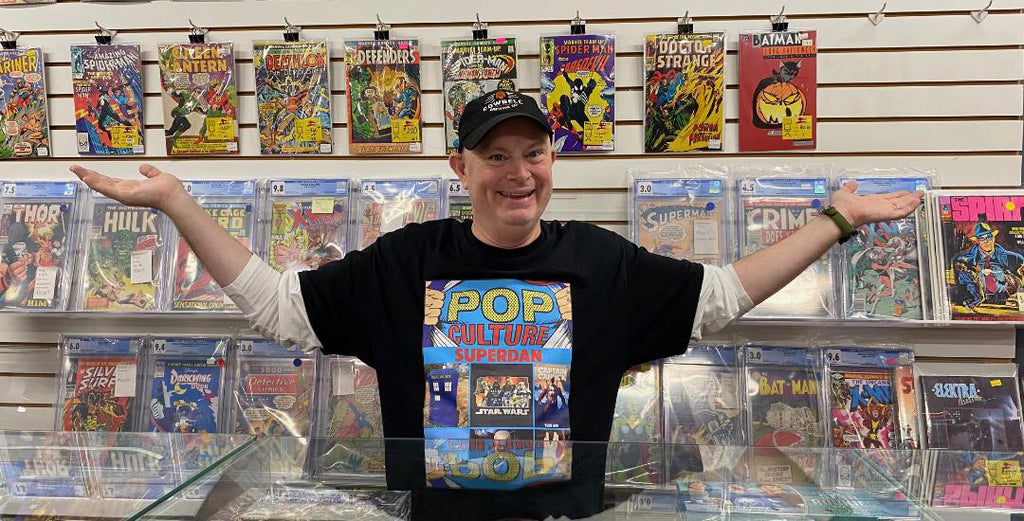
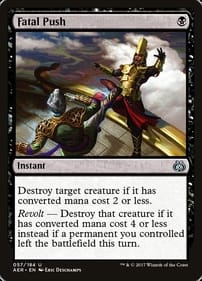
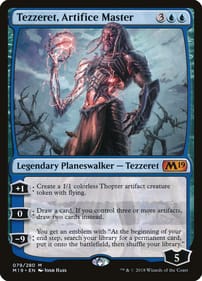
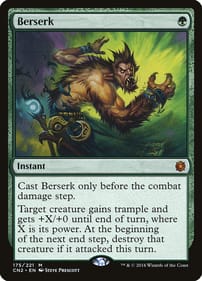
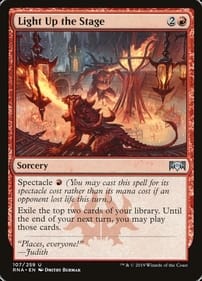
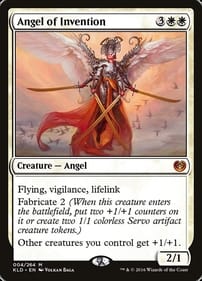
Leave a comment